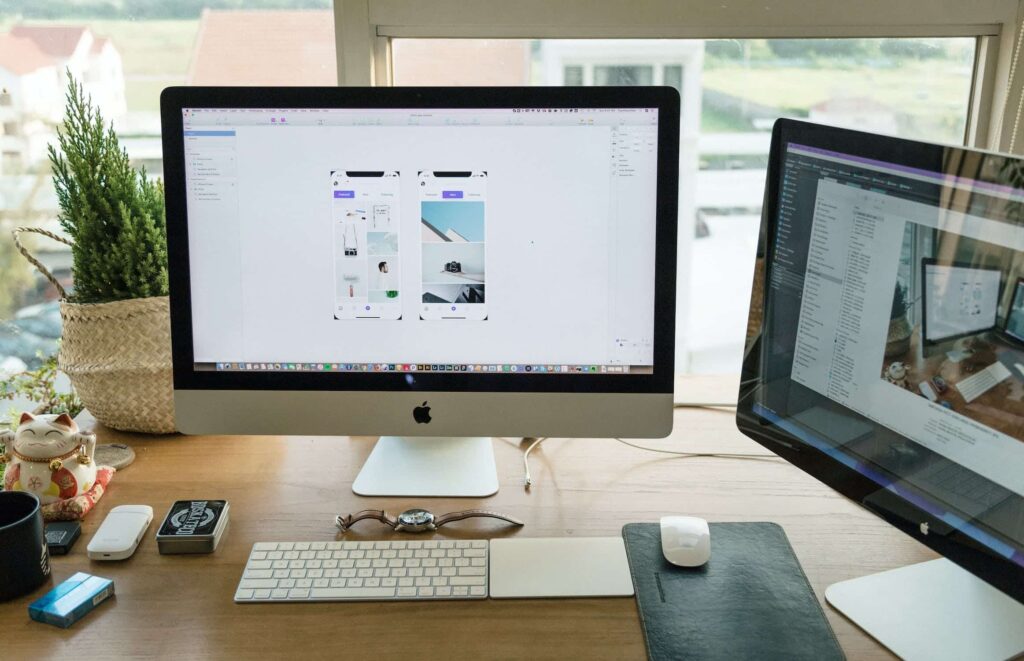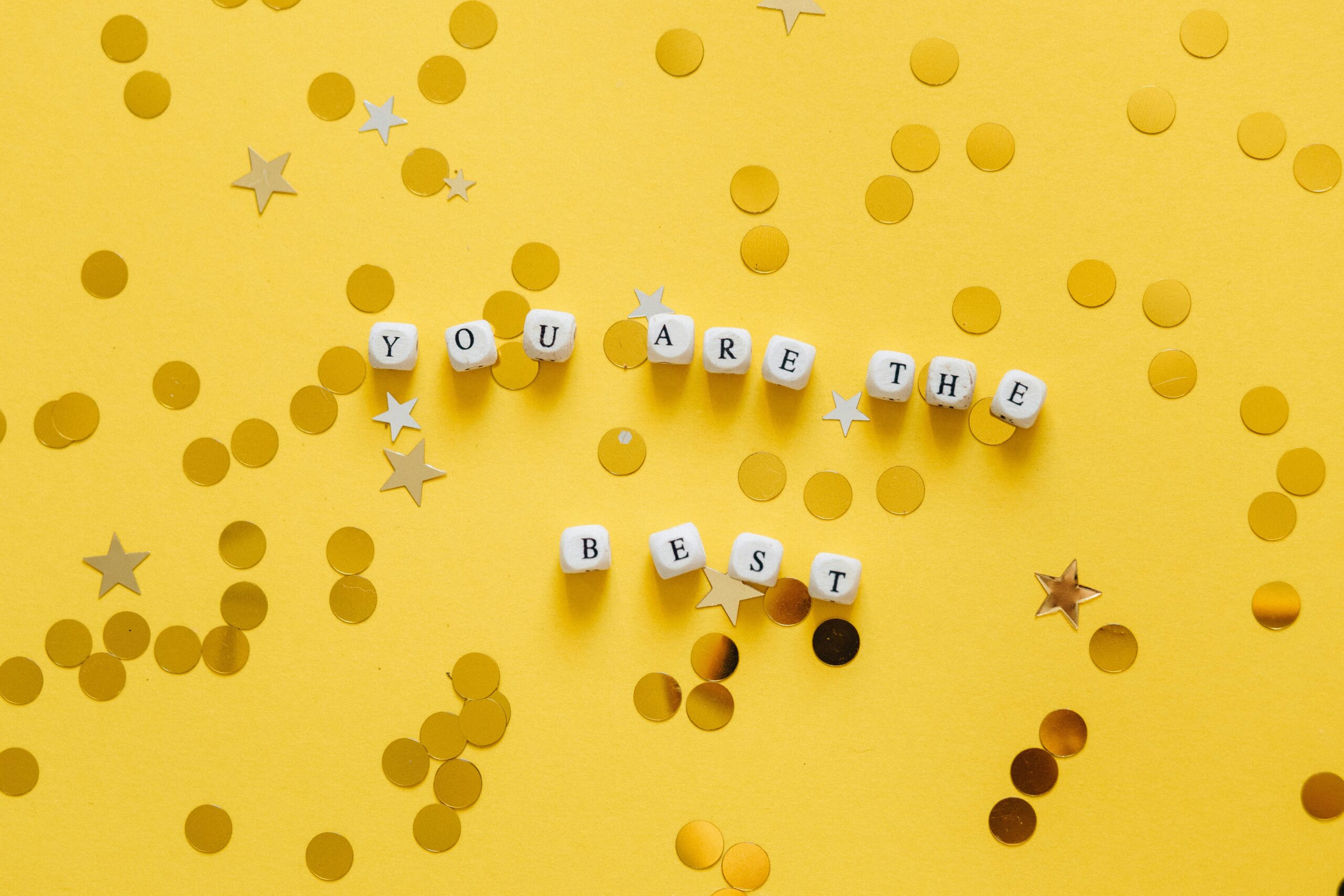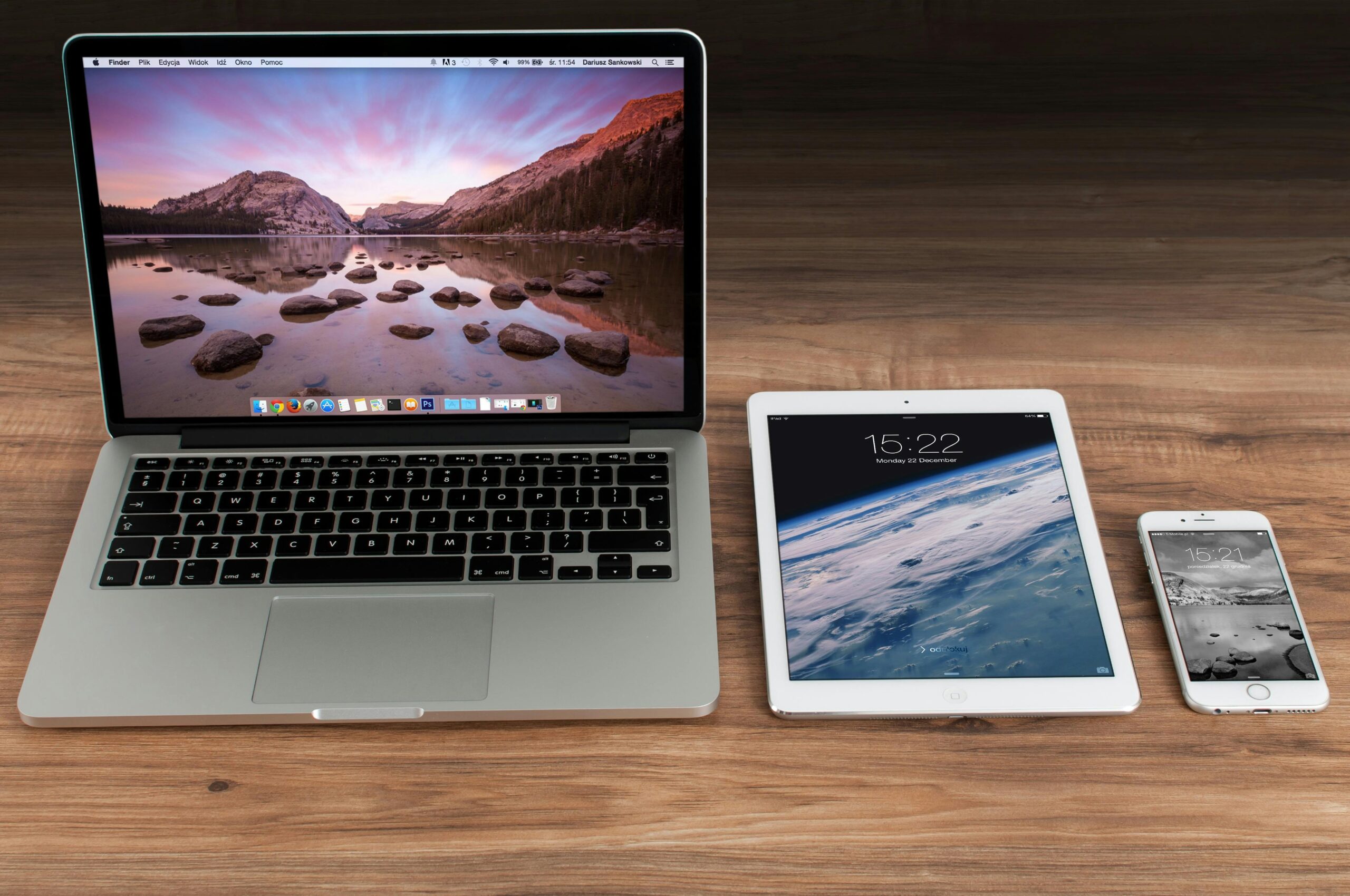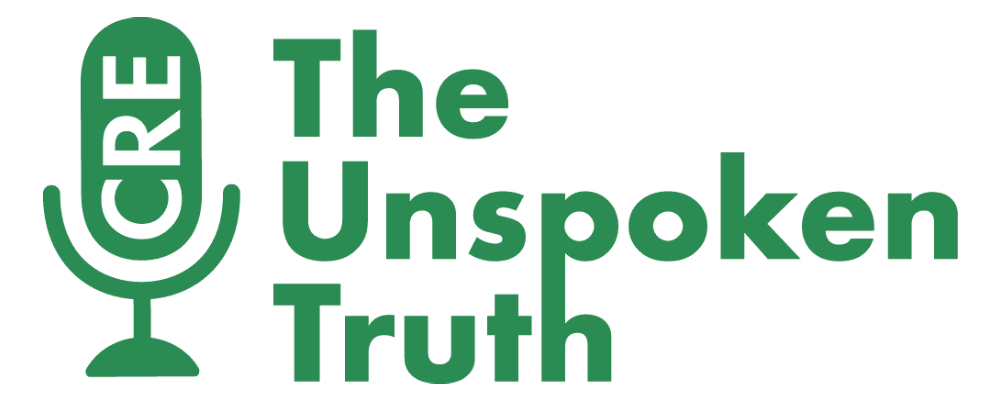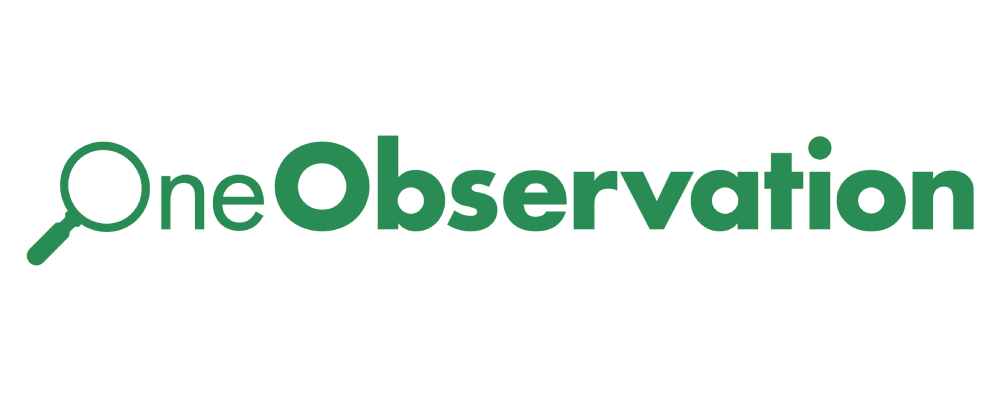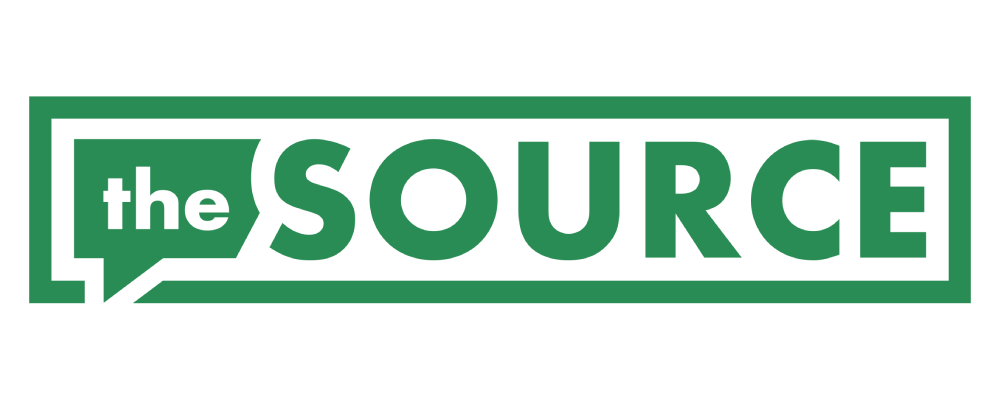With the exception of the Covid-19 pandemic, I’ve spent the majority of my career working in large office spaces. I have seen a little bit of everything, from modern, creative spaces to large blocks of gray cubicles. I’ve learned that you can tell a lot about a business and its employees by looking at their desks.
Family photos, disorganized stacks of files, old coffee mugs, post-it notes, we accumulate many items over our careers, not all of them useful.
There’s a quote from organizational guru Marie Kondo I find particularly insightful:
“The space in which we live [or work] should be for the person we are becoming now. Not for the person we were in the past.”
The items that live on your desk, the things you see and touch every day, should be helping you move towards your goals in some way. If not, it may be time to get the trashcan out.
As someone who loves efficiency, I’ve honed in on six key items that are always on my desk.
1. OBC Post-It
Here’s something you don’t have on your desk – why? Because our team created it.
OBC stands for “Objective Based Communication”, a concept that our team adopted years ago to keep all of our conversations and meetings productive and to the point.
The purpose of these OBC post-its is to identify the three most important points of any given conversation, meeting, or task. As a team, we agree on the points, write them down, and then stick to those in our discussions.
You don’t need a special post-it for OBC, but even just writing down the three key points of a conversation before or after you have it can help you streamline your communication, keeping you on task and cutting down on unnecessary or meandering tangents.
To learn more about OBC, check out our blog from July!

2. Goals Dashboards
I am extremely diligent when it comes to goal setting. I create spreadsheets around large goals, like running a 50-miler, and track smaller daily habits, such as my daily workouts. If you ever want to talk about goals, please reach out to me. I can nerd out on this topic for hours.
That’s too long of a document to have on my desk at all times, but I still want a visual reminder of big goals and daily habits.
That’s where my Goals Dashboards come in. These documents provide an overview for my larger goals (or “rocks”), broken down into more manageable sections that I call “gravel.” Every big “rock” that I have, whether it’s personal or business related, has its own goals dashboard with smaller milestones I’m working towards each month.
3. Tracking Sheet
The next document I keep on my desk is my tracking sheet. This takes my monthly “gravel” goals and breaks them down even further, into daily habits and tasks (called “sand”).
Not only do I keep this tracking sheet on my desk, but I take it wherever I travel so I can track my daily progress.
From pushups to cold calls, I track every habit in one place so I can see it all at once. Everyone has off days, but this tracker keeps me honest and helps me know right away which goals are working and which ones may need to be adjusted.
4. Cold Call Sheet
Cold calls are a huge part of our business. But I used to hate them and put them off each month. Then we turned cold calling into a competition with our team, to see who could make the most cold calls every month.
I break down my monthly cold call goals into daily ones. Making two cold calls a day is much more manageable than trying to make 60 a month. My tracking sheet helps me make sure I’m on track to hit my goal, and track any potential leads or follow-ups that result.
5. Headset and Earpiece
Of course, there are several pieces of technology on my desk, like my computer and keyboard, but the most important that I always have available are my headset and earpiece. Especially in today’s virtual world, I’m always on calls and Zoom meetings. My team works closely together physically, so having the ability to focus and tune out background noise is vital.
Personally, I use Plantronics or Sennheiser, but the brand isn’t as important as being able to concentrate and give the person on the other line my full, devoted attention.
6. My Action Priority List
Last, but definitely not least, CRE OneSource provides an up-to-date action priority list for me every day. I am old school, so often I’ll print it out to make notes on outstanding tasks I need to do on my transactions. Then, at the end of the day, I can update the list in OneSource.
At the end of the day, these items on my desk reflect larger processes and systems that I have spent years perfecting. The point is, when you keep your priorities front and center, and not buried under distractions, you’ll be far more likely to accomplish your most critical tasks.
CRE OneSource can help with that. Having transactions automated is the next level in commercial transactions. I never miss a deadline or action item anymore. Check it out.
Charlie Coppola

